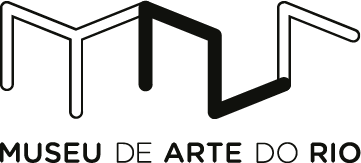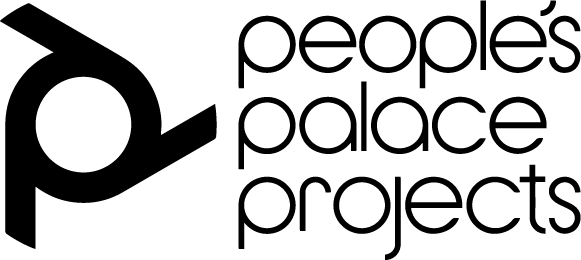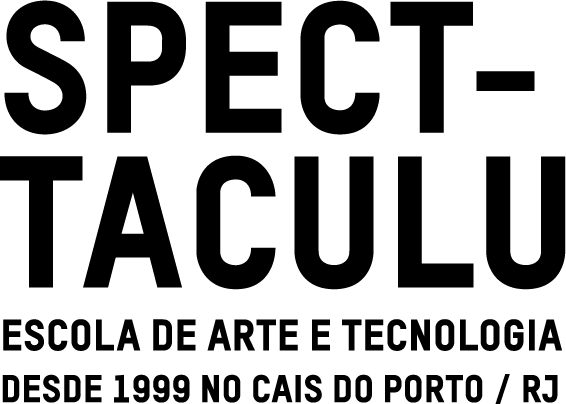Circuito Futurístico e Especulativo do Desrespeito da Herança Africana, do Esquecimento Urbano e do Apodrecimento da Sociedade
Rio de Janeiro is going through an intense process of urban transformation, in particular the perimeter around Porto do Rio as defined by the Porto Maravilha Urban Operation. According to some, this represents the attainment of a new “global threshold” of modernity and development (read: access to consumption and the improvement of production indexes), while others see oblivion and denial. We examine the gentrification process as a visual process that can fill the landscape with symbolic meaning; as part of this process, the openness of MAR (Art Museum of Rio) – with its transparent walls separating the museum from the street – and the candour of the Museu do Amanhã (Museum of Tomorrow) and the square in which it is located, make it very clear that there is a class (and racial) conflict when it comes to belonging to and legitimately occupying the space of the port. Cultural facilities become necessary to the functioning of the “cultural factory” of tourism, satisfying classical urban regeneration strategies. There is much interest in making a dark past disappear, with the purpose of selling a product (the city) that is presented as a spectacle of great positivity, undisputable and untouchable (Debord, 1992).
Inspired by the Municipality’s Historical and Archaeological Circuit of Celebration of African Heritage, the Futuristic and Speculative Circuit of Disrespect of African Heritage, Urban Oblivion and Social Decay will take us from the hyper-celebrated Praça Maua to other places forgotten by City Hall: the formerly occupied Zumbi dos Palmares space; the warehouse Ação Cidadania; the Garden of Valongo and the Galpão da Gamboa centre. At each station, guests will help in rescuing these forgotten sites. The idea is to dedicate a moment to giving visibility to the history and the identity of the site, as well as to the lack of respect that characterizes the daily lives of local residents. Due to the disrespectful nature of the regeneration works of the city of Rio de Janeiro, this model will be easily duplicated in other areas.
Laura Burocco (Biella, 1974) holds degrees in Law from the University of Milan and International Politics from the University of Rome, as well as a Masters in Urban Planning from WITS, Johannesburg. She is developing a project in South Africa, Italy and Brasil called “Trilogu of Gentrification”. She is a doctoral student at ECO/UFRJ, focusing on urban development, creativity and surveillance, political interventions in public art. || I, Laure Burocco, curator, commit to taking part in the project “Futuristic and Speculative Circuit of Disrespect of African Heritage, Urban Oblivion and Social Decay”.
Pedro Victor Brandão (Rio de Janeiro, 1974) is an author and visual artist who studied at the Escola de Artes Visuais do Parque Lage and at the Universidade Estácio de Sá. He has several projects that consider different political landscapes and look into the economy, the right to the city, social cybernetics and the current malleable nature of technical imaging. He lives and works in Rio de Janeiro. || I, Pedro Victor Brandão, artist, commit to taking part in the project “Futuristic and Speculative Circuit of Disrespect of African Heritage, Urban Oblivion and Social Decay”.










